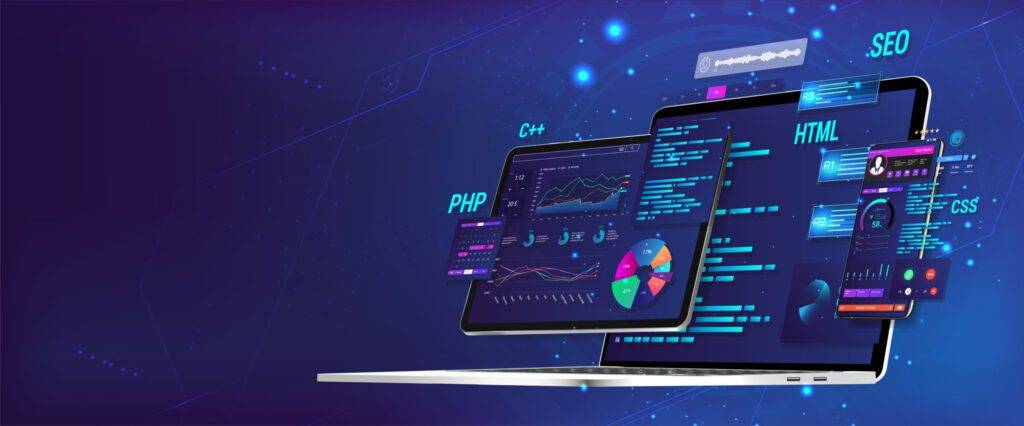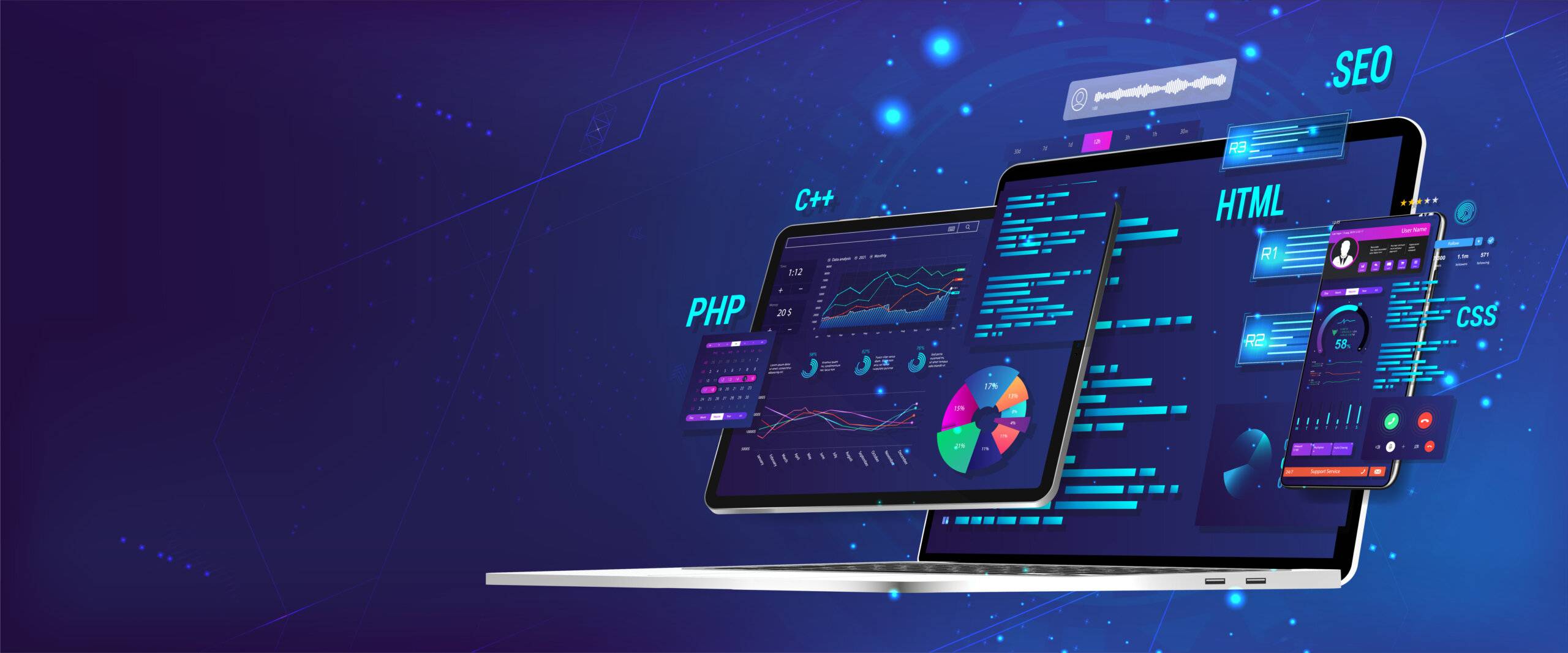The Web Development Trends 2025 will look nothing like it does today. With 85% of enterprises adopting AI-powered tools (Gartner) and user expectations soaring for 3D, real-time experiences, developers face a seismic shift in how they build, deploy, and maintain web applications. From AI co-pilots writing 60% of your code to decentralized Web3 architectures replacing traditional backends, this blog unpacks the technologies, tools, and frameworks that will dominate 2025—and how you can prepare now.
5 Game-Changing Web Development Trends for 2025

1. AI-Driven Development (AIDD)
Tools like GitHub Copilot X and Amazon CodeWhisperer will evolve from assistants to primary coders, generating entire modules based on natural language prompts.
- Impact: Developers will focus 70% less on boilerplate code, per Forrester.
- Example: A Next.js developer could prompt, “Create a TypeScript API endpoint for user auth with OAuth2.0,” and get deploy-ready code in seconds.
2. WebAssembly (Wasm) 2.0
WebAssembly’s 2025 update will unlock GPU access and multi-threading, enabling near-native performance for apps like Photoshop-level image editors in the browser.
- Use Case: AutoCAD’s browser-based CAD tools now compile to Wasm, reducing load times by 90% (TechCrunch).
- Tool to Watch: WASI (WebAssembly System Interface) for OS-level integrations.
3. Decentralized Web (DWeb) Architectures
Blockchain-based frameworks like IPFS and Solid (Tim Berners-Lee’s project) will replace centralized servers, giving users full data ownership.
- Stat: By 2025, 30% of enterprises will adopt DWeb for GDPR compliance (IDC).
- Example: A social media app storing posts on users’ personal “data pods” instead of AWS.
4. Zero-Code/Low-Code Evolution
Platforms like Webflow and Bubble will incorporate AI to let non-developers build complex apps like marketplaces or CRMs with drag-and-drop + voice commands.
- Prediction: 65% of enterprise apps will be built via low-code by 2025 (Microsoft).
- Risk: Increased demand for developers to audit and secure auto-generated code.
5. Immersive 3D/AR Experiences
WebXR and frameworks like React Three Fiber will make 3D standard for e-commerce, education, and gaming.
- Stat: 3D product configurators boost e-commerce conversions by 40% (Shopify).
- Tool: Spline for browser-based 3D design.
Also read: Future of Machine Learning: Top Trends & Challenges Shaping 2030 and Beyond
3 Tools Shaping 2025’s Tech Stack
- Next.js 8+: Server components + AI-powered ISR (Incremental Static Regeneration).
- Deno 3.0: Secure runtime replacing Node.js with built-in TypeScript and Wasm.
- TurboPack 2.0: Vercel’s Rust-based bundler cutting build times by 75%.
Challenges for Developers in 2025

1. Privacy-First Development
Stricter regulations (e.g., GDPR 2.0) will require apps to anonymize data at the code level. Tools like Prisma’s Data Masking will become essential.
2. Sustainable Coding Practices
Green web initiatives will penalize energy-inefficient apps. Tools like Ecograder audit CO2 emissions per API call.
3. Cross-Platform Web/Native Fusion
Frameworks like Flutter Web and Tauri will blur lines between web and native, demanding unified skill sets.
Skills to Master Before 2025
- AI-Prompt Engineering: Crafting precise prompts for code generation.
- Web3.js/Solidity: Building decentralized apps (dApps).
- Rust: Critical for Wasm and performance-heavy modules.
- WebXR: Developing AR/VR experiences.
Case Study: The Web Development Trends 2025 in Action
Company: EcoWear (Sustainable Fashion Startup)
- Frontend: Next.js + React Three Fiber for 3D product previews.
- Backend: Deno + WebAssembly for real-time carbon footprint calculators.
- Database: Solid Pods for user-controlled data storage.
- Hosting: IPFS for decentralized, energy-efficient content delivery.
Result: 50% faster load times, 100% GDPR compliance, 30% higher conversions.
Also read: TailwindCSS vs. Traditional CSS: Which Is Better for Admin Panels in 2025?
Predictions for 2026 and Beyond
- Self-Healing Code: AI models auto-patching vulnerabilities.
- Quantum-Resistant Cryptography: Post-quantum algorithms in SSL/TLS.
- Neuro-Inclusive Design: Apps adapting to users’ cognitive patterns via EEG APIs.
Conclusion
Web development trends in 2025 will prioritize speed, decentralization, and immersive UX, powered by AI and Wasm. While low-code tools democratize development, core engineers must master emerging languages (Rust), Web3 protocols, and ethical coding practices. Start experimenting with Deno, WebAssembly, and AI code assistants today to stay ahead.

